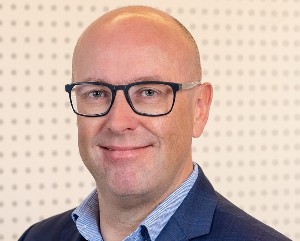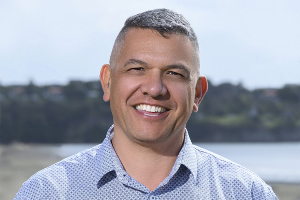
The move follows the sale of Castle Point to Perpetual Guardian earlier this month.
Castle Point's funds had been using Heathcote Investment Partners for distribution and Heathcote organised a webinar with PG Investments chief investment officer Tim Chesterfield to discuss the changes planned under the new ownership.
PG Investments already manages $2.5 billion of wholesale funds and is looking to break into the retail investment market, which was the attraction that Castle Point, which has $300 million in funds under management, brought because it already the necessary licences and operations people.
Chesterfield told the webinar that his PG Investments team now has eight people, all of whom were previously at Castle Point – PG plans to continue using the Castle Point brand and has no plans in the short to medium term to retire it, he said.
PG Investments has four diversified asset allocations based on nine single-sector funds and one fund that invests in global alternative investments while offering daily liquidity, Chesterfield said.
The firm is independent of the Perpetual Guardian parent company, which has total assets of $8 billion, to which it offers investment services on an arms-length basis, he said.
“Instead of them telling us what they wanted, we're looking out our best foot forward to provide services to the market” and the parent can choose whether to use the investment arm's services, he said.
PG Investments itself uses the services of international managers, including Blackrock and UBS: “We don't do everything ourselves …. we don't need to be all things to all people,” Chesterfield said.
Chesterfield said he is now responsible for the Castle Point portfolio with the assistance of Young and Sims.
“My principal driver right at this minute is to stabilise the ship,” he said.
Castle Point's investment performance has been negative recently and it also suffered the loss of the BNZ mandate to Harbour Asset Management when BNZ parent, National Australia Bank, formed an alliance with Harbour parent Jarden to form First Cape.
It reported a $25,297 loss for the year ended March 31 after a $905,837 profit the previous year, largely reflecting a loss of performance fees in the latest year.
“I'm not willing to tolerate another 12 months of negative returns believing that the market will necessarily come back to us,” Chesterfield said.
So, he is “critically looking at all the assets in the portfolio” and will look at ways to mitigate further downside, but it won't be a wholesale move away from the Castle Point strategy.
“It will be a measured approach for the re-deploying of existing capital” with the aim of generating “outsized returns within a controlled framework.”




Comments
No comments yet.
Sign In to add your comment